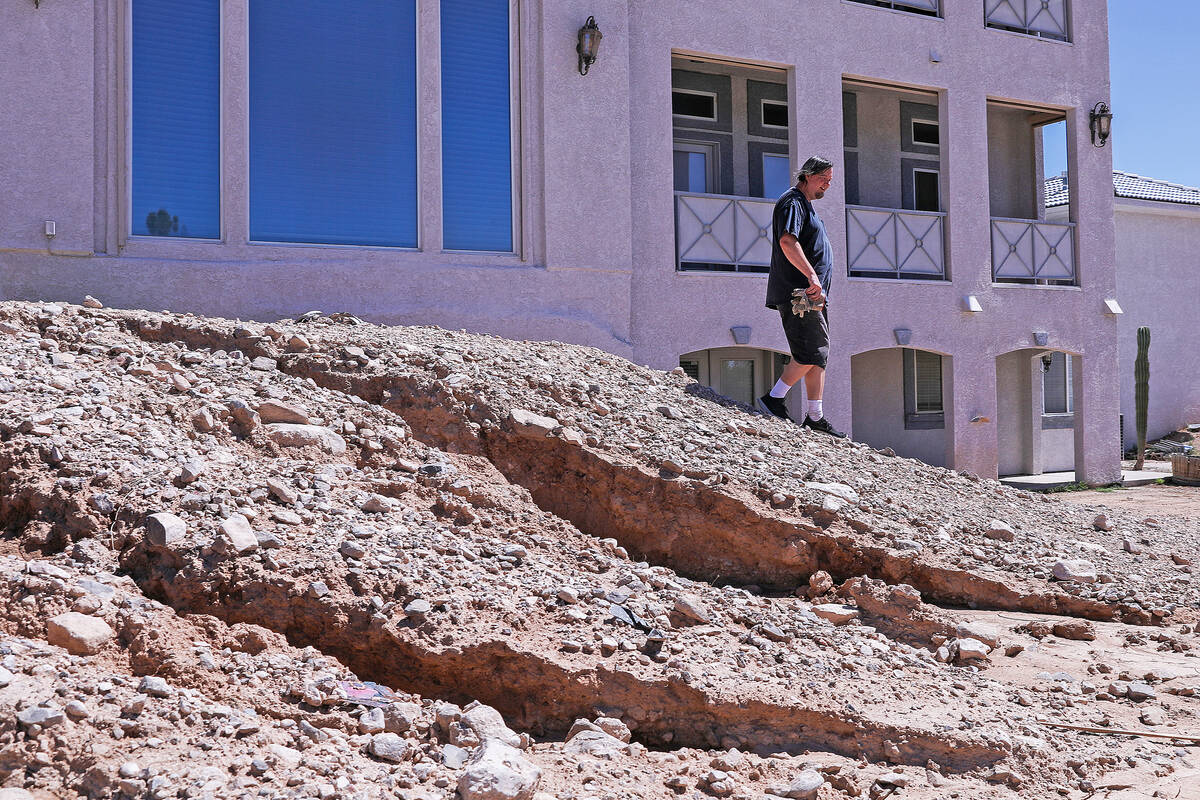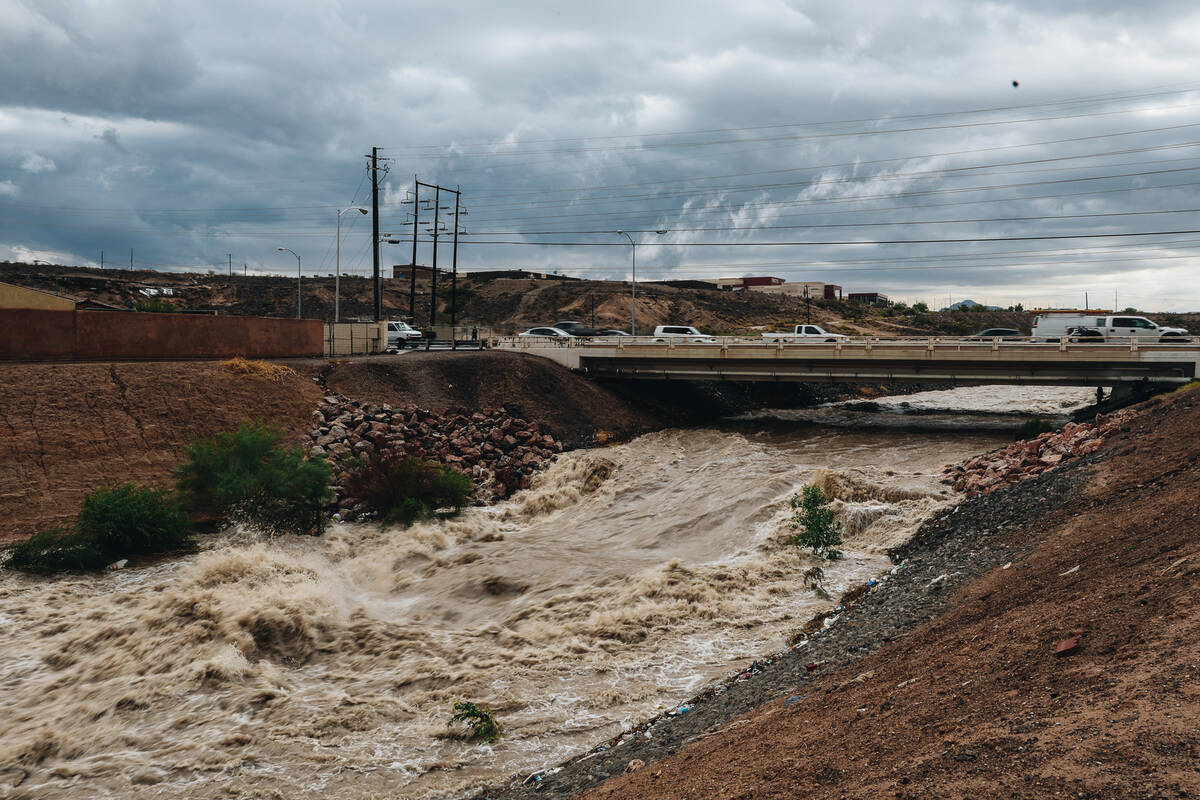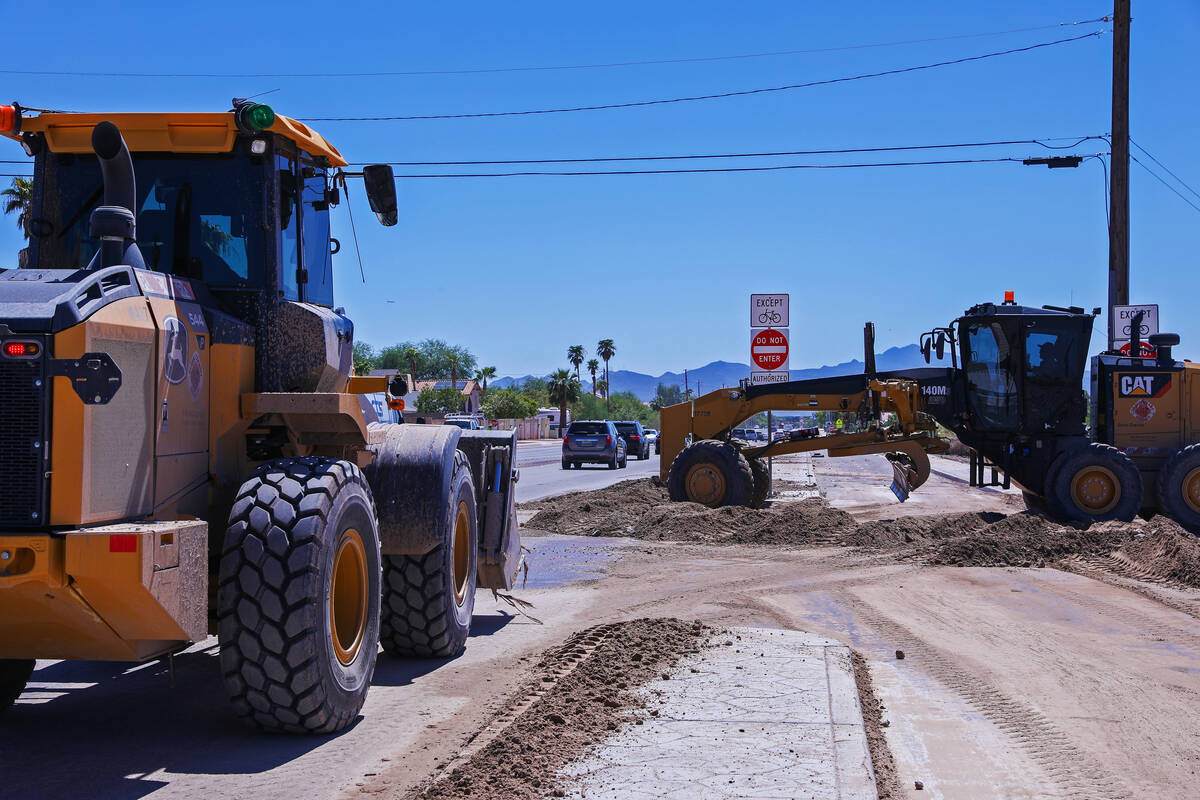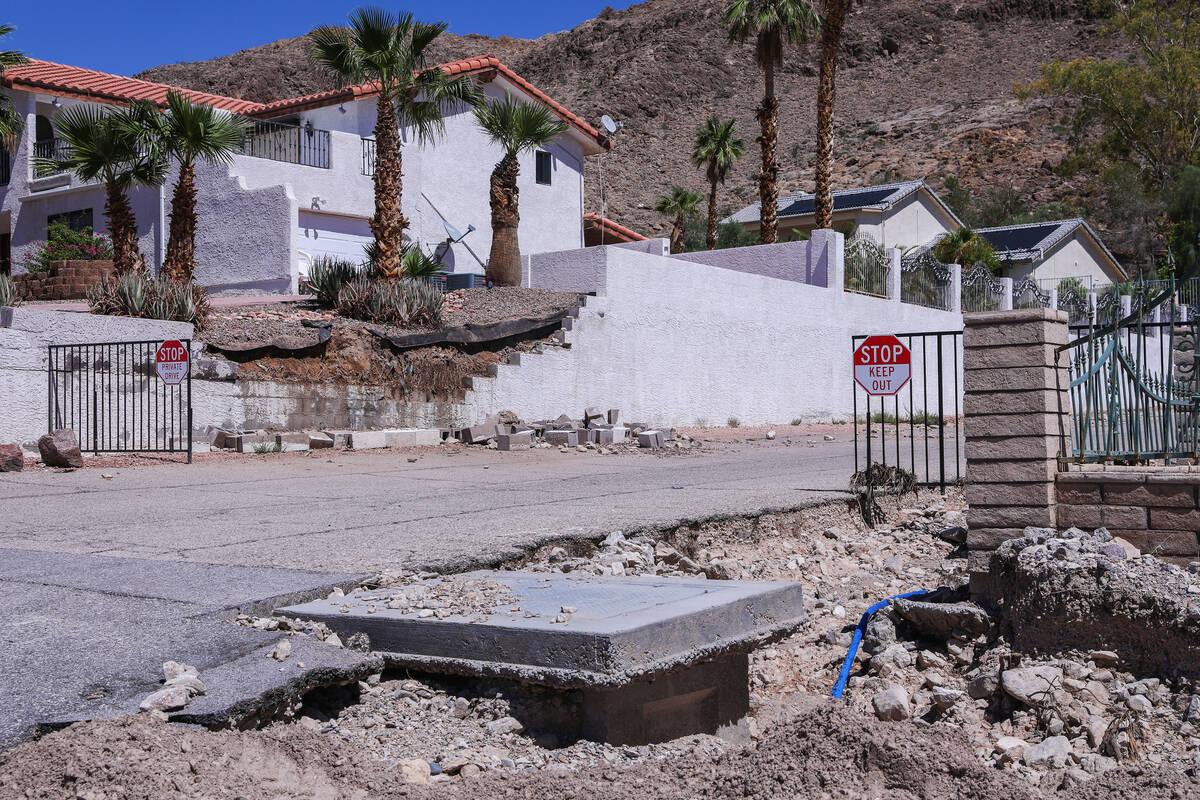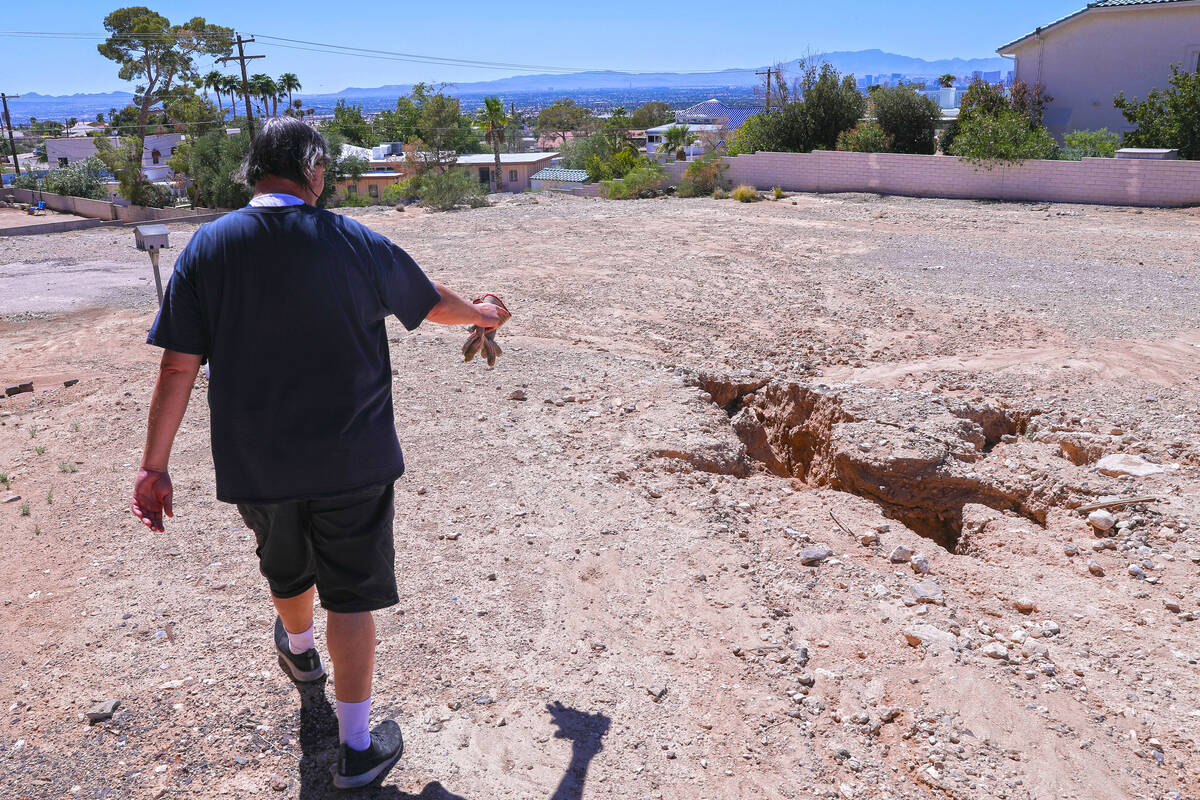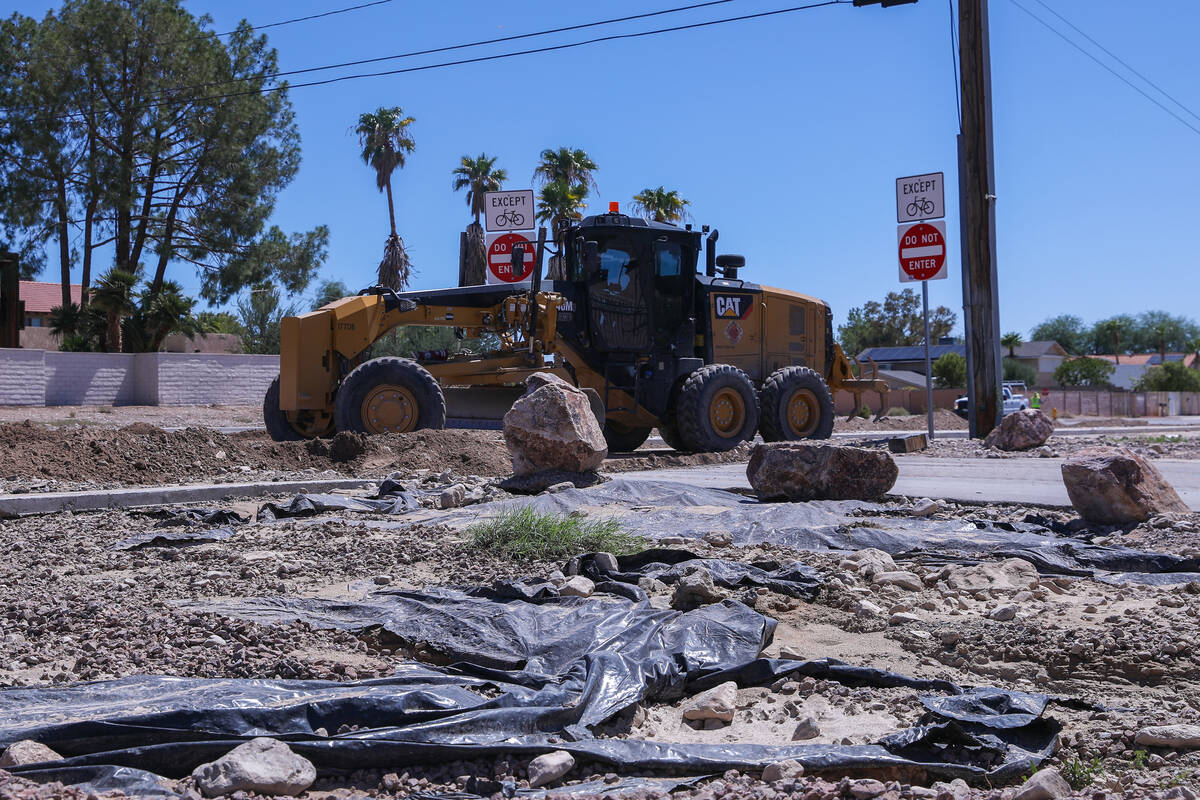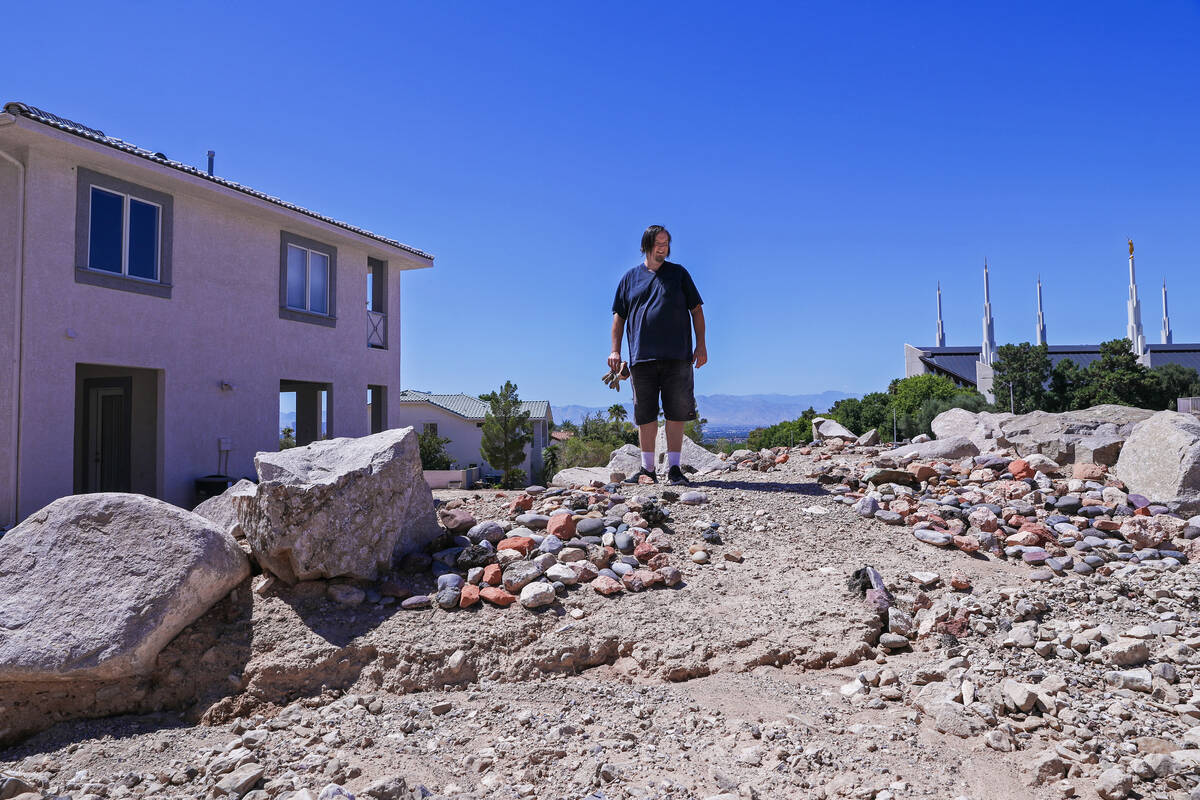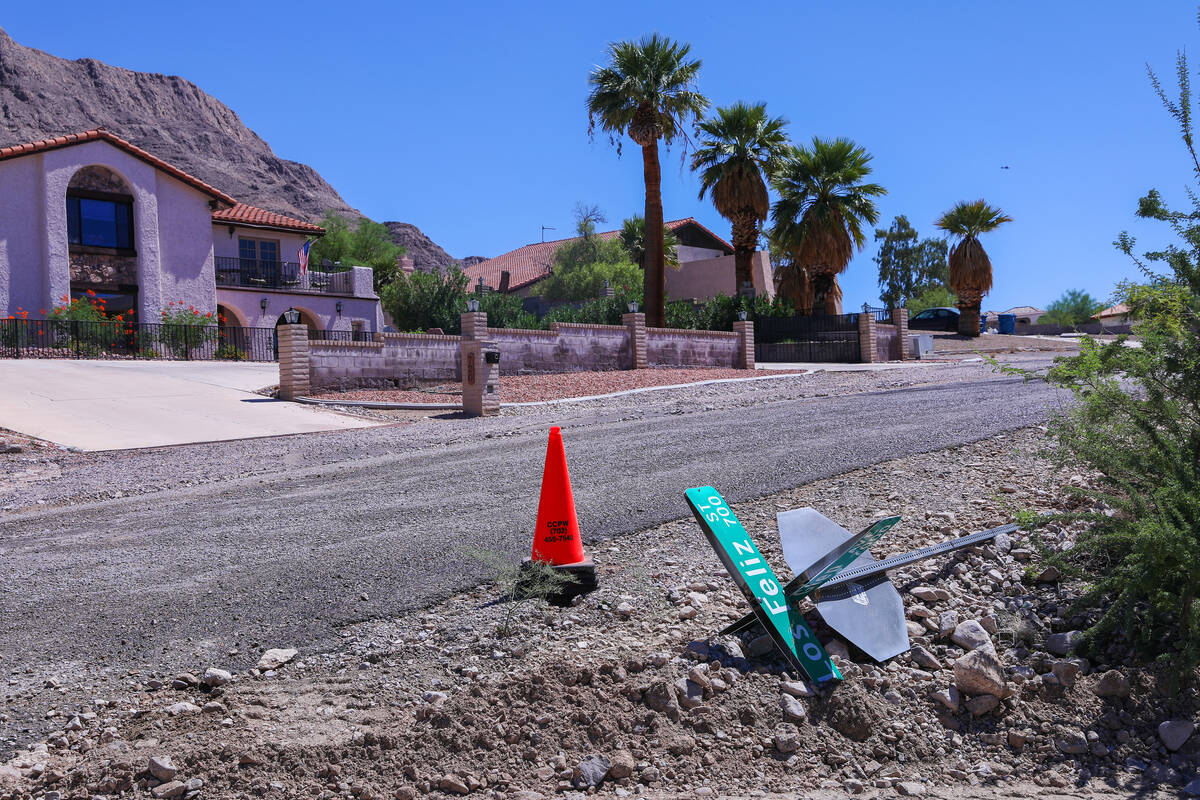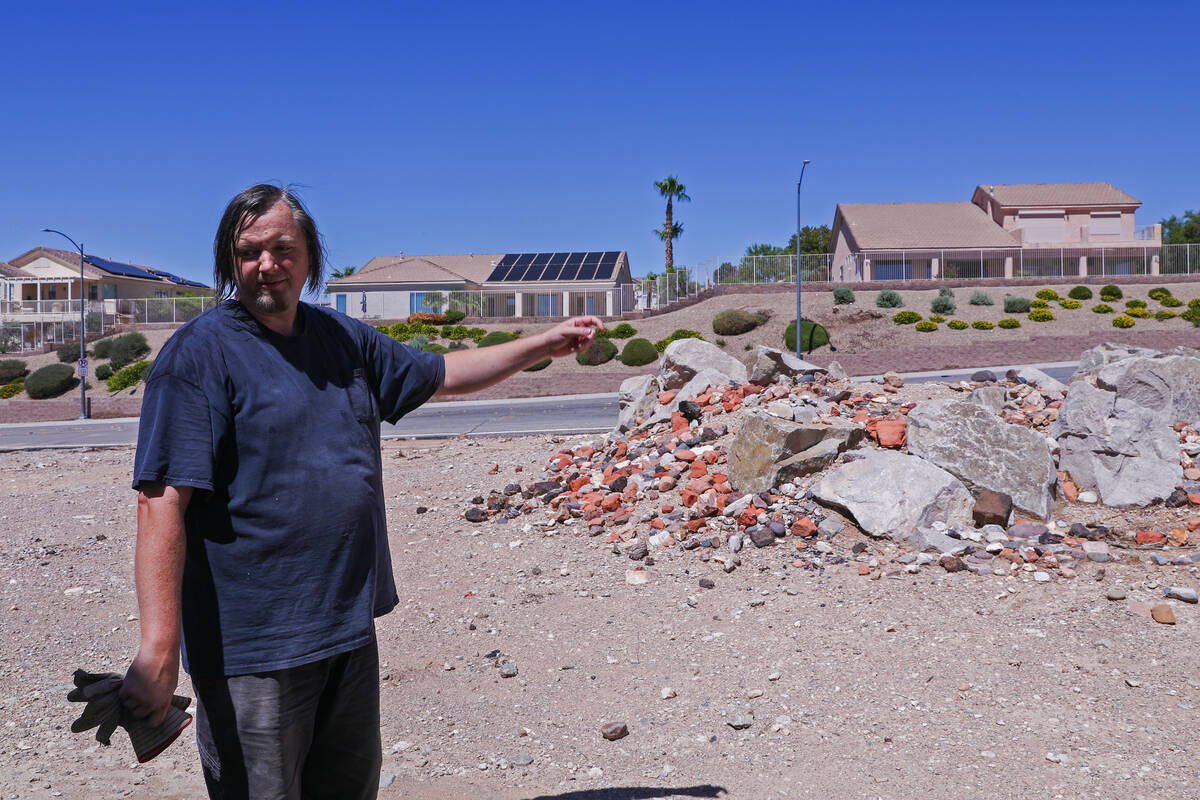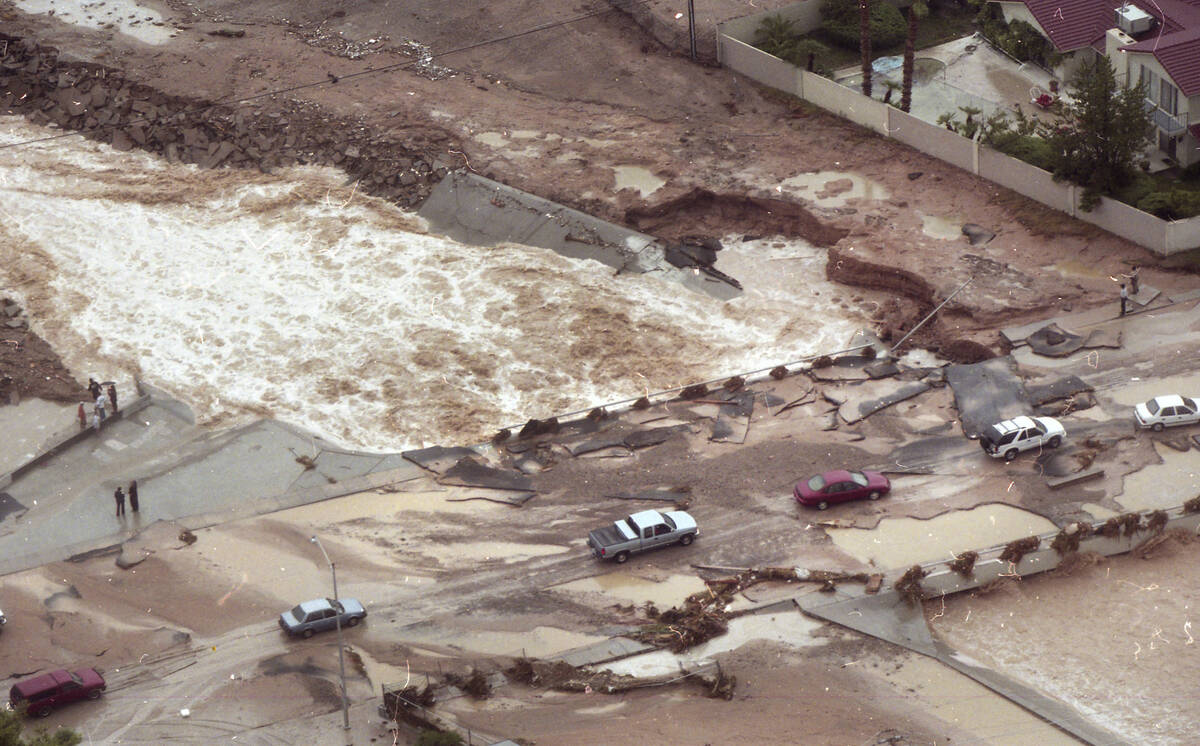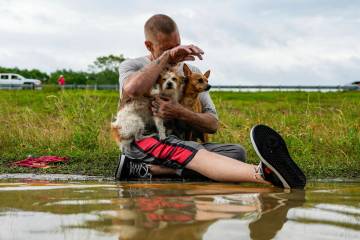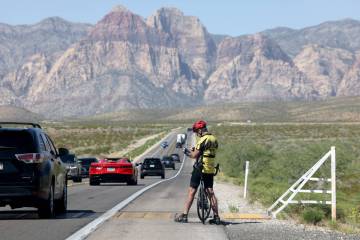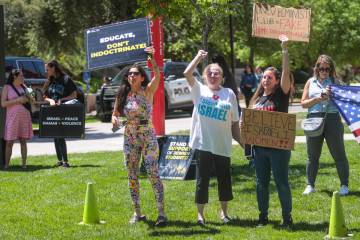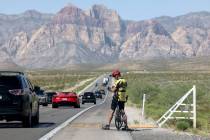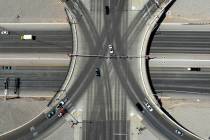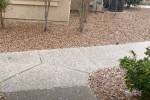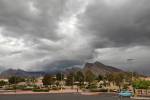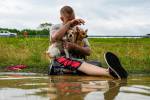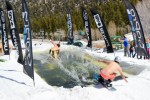How do the recent storms stack up to past major floods in Las Vegas?
It’s still too early to say for sure, but the sheer amount and intensity of water that fell across the Las Vegas Valley this past weekend could rank up there with some of the biggest floods in Southern Nevada history.
The storms that hit the valley starting Friday flooded roads and neighborhoods throughout the region, leaving large swaths of rocks and debris in their wakes.
Steve Parrish, general manager and chief engineer for the Clark County Regional Flood Control District, said the 24-hour rainfall totals from the storms that hit Friday and Saturday are similar to the deluge that rolled through the valley on July 8, 1999, which to this day ranks as one of the most destructive floods.
But the two flood events seem to have diverged dramatically in one respect: the amount of destruction caused by their respective waters.
“It’s a little early to be making any definite statements on that. But I would say it’s pretty similar to 1999, but much less damaging this time around due to all of the facilities that have been built,” Parrish told the Las Vegas Review-Journal on Tuesday.
Comparing floods
Comparing flood events can be a tricky endeavor.
Officially, the valley recorded 0.88 inches of rain on Friday as measured at Harry Reid International Airport, and another 0.3 inches of rain on Saturday, according to the National Weather Service.
Friday’s total barely made it inside the top 50 highest rainfall days in Las Vegas history, said Jenn Varian, a meteorologist with the National Weather Service in Las Vegas. The highest ever? You’ll have to go all the way back to 1957, when the valley saw a whopping 2.59 inches of rainfall in 24 hours.
But talking about flooding from only a total rainfall perspective doesn’t tell the entire story.
Summer storms in Southern Nevada tend to be far more intense than the drawn-out drizzles that come in winter. Take the 1999 flood: Most of the rain fell in a 90-minute window from 10:30 a.m. to noon.
That’s where this past weekend’s storm system showed its force. The storm that started in the southwest valley and moved eastward dumped most of its water in less than an hour, Varian said.
Gauges near Boulder Station on the east side of the valley saw as much as 3 inches during that storm system on Friday, which lasted less than an hour, Varian said. Near Tropicana Avenue and Fort Apache Road on the west side, a gauge measured about 2.5 inches in that same time frame.
“It’s more the rain rates, since our soils can’t absorb water nearly as much as the East Coast. It’s less the actual amount and more how much fell at once,” Varian said.
Swollen wash
The Las Vegas Valley generally slopes from west to east, and the system of flood channels and storm drains directs much of the floodwaters to washes that eventually make their way to the east side of the valley.
The gauges that measure those stream waters as they flow through the Las Vegas Wash and eventually to Lake Mead offer a glimpse of just how intense this weekend’s storm systems were.
At the United States Geological Survey stream gauge at Pabco Road on the eastern edge of the valley, water typically runs between 200 and 400 cubic feet per second depending on the time of day.
Friday’s rainfall saw the water passing through that gauge swell to nearly 9,000 cubic feet per second. But even that didn’t quite match the torrent that would come the following day.
At 4 p.m. Saturday, that gauge briefly measured the floodwater-fueled stream flowing at a peak of 14,300 cubic feet per second, with water levels in the stream swelling from the usual 6 feet to nearly 10 feet high.
That’s only the fourth time that gauge has measured flows above 10,000 cubic feet per second since 1958, according to historical USGS data. The last three times that happened were in 2012, 2013 and most recently in 2020.
Parrish said the district is still crunching the numbers to see if the rainfall intensity will register as a “100-year storm,” a term for an event that has a 1 in 100 chance of happening.
The floodwaters do not appear to have caused any structural damage to the flood district’s facilities or channels, and most of the work at this point is debris cleanup, Parrish said. The district is waiting to get damage estimates from the county and cities for the full picture, he added.
Contact Colton Lochhead at clochhead@reviewjournal.com.



